Let's continue our overview of shots of the padel. After the forehand and the backhand, let's move on to one of the “unique” shots of the padel, forehand window exit.
Racquet sports are numerous and tend to be played directly. At padel, we have the chance to have the possibility to play with the walls or windows behind us.
What does playing with the glass allow us?
First of all, letting the ball pass allows it to slow down its speed. Then, playing after a rebound gives us more time to organize our defense, know where our opponents are positioned, and play the best shot possible.
Little advice
In order to better understand how an exit from the defensive window is played, we must compare the “classic” forehand with the forehand exit from the window. The classic forehand should prevent the ball from continuing its course. It is a hit with enough force to send the ball back to the other side of the net. On the other hand, for the window exit it is different. The ball is already going in the direction that interests us, so no more need to “hit” the ball, but need to accompany it. If you understand this mindset, your shots will be much better.
The technique
Let us come to the facts. The technique of the forehand window exit. First of all, try to let the ball pass as often as possible, not just when you have to. This way you will be more and more comfortable with the reading of the trajectory of the ball.
Step 1: resumption of support
And yes, she is still there and will be for every shot of the padel. This small jump made in front of the player who touches the ball will allow us to have the best possible reaction.
Step 2: preparation
Once you have the information that you are going to play a forehand, position the pala backwards, at or slightly below waist level. One technique is to imagine that your pala is a door that you open to let the ball in. We can also imagine that the end of the handle of your pala has an eye, and that this eye watches the ball coming.
Be careful, we are at the back of the track and most of the shots that we will have to achieve will be defensive so we might as well place from the start, the pala close to the ground.
Step 3: the first step
As much on a “classic” forehand we will be able to take the first step forward or backward, as much for the exit of the window this first step must necessarily be taken backward. Go ahead, take a “nice” step, clearly visible in the direction the pala shows you. Remember what we said above, the pala is like an opening door. The tip of the pala marks a direction, and it is in this direction that your first step with the dominant leg should go (on the side of the pala).
Step 4: adjustment
It's a bit like a dance that we would like to do with this ball. The first step marks the direction, then the adjustment steps allow you to find the best place to impact the ball. Once we are firmly in place, the front foot, the non-dominant one, will land on the ground for maximum control.
Note that this front foot will always be positioned after the ball has rebounded on the bottom glass. You will notice that players who position themselves too early lose control over the ball and more importantly lose that bodyweight dynamic that goes from back to front.
Step 5: typing
The ultimate moment. This is when we know if all the work done upstream has been good. We cannot really speak of typing but rather of accompaniment. The window exit is a blow that takes place with a time spent from behind, so we lose sight of our opponents. Slowly playing a defensive window exit will give us enough time to regain our comfort position and prepare for the next shot. Playing a low ball too quickly would put us in danger.
Step 6: the end of the gesture
It can be short or long depending on the move you want to play. Short for a slow ball, which falls behind the net, or a pre-prepared game situation that involves a series of strokes (pressurization). The end of the gesture will be long when you have more time, a ball that will rebound a little higher, that you will seek a deep zone along the line or in the center in order to send your opponents back to the bottom.
Conclusion
The forehand exit window must above all be a defensive shot that allows you to keep your opponents at a distance so that they have difficulty organizing their attack. Take time, take a new stand, play slowly are the 3 key words to remember.
The rest in pictures.
Julien Bondia is a teacher of padel in Tenerife (Spain). Columnist and advisor, he helps you play better through his tutorials and tactical/technical articles padel.




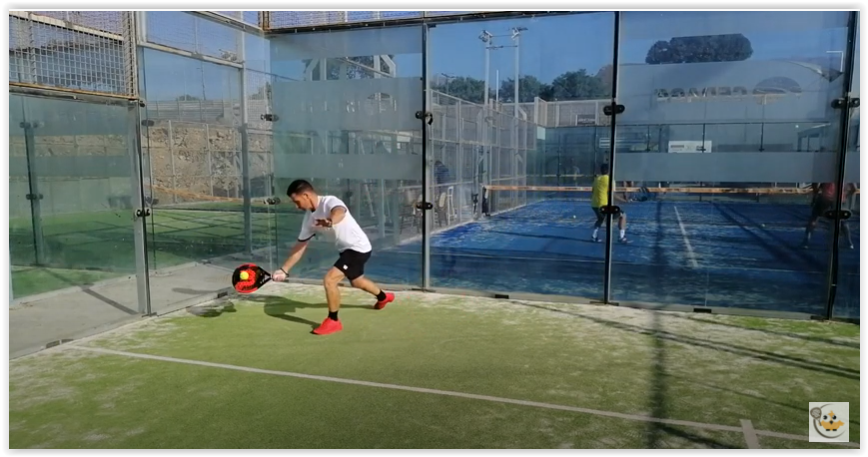
































































































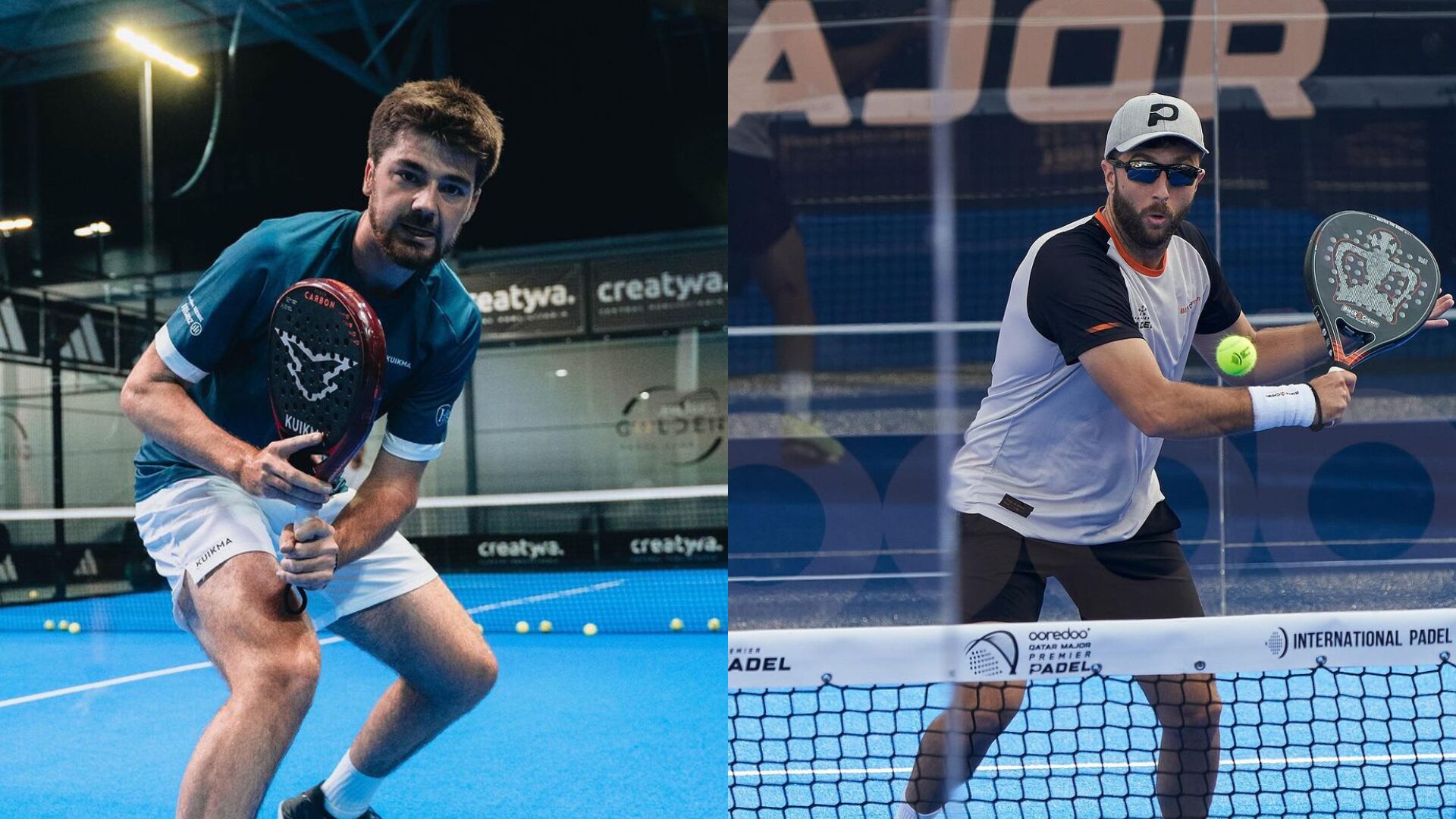 Premier Padel Sevilla P2 – From the waiting list to previas for Dylan Guichard and Ricardo Martinez!
Premier Padel Sevilla P2 – From the waiting list to previas for Dylan Guichard and Ricardo Martinez!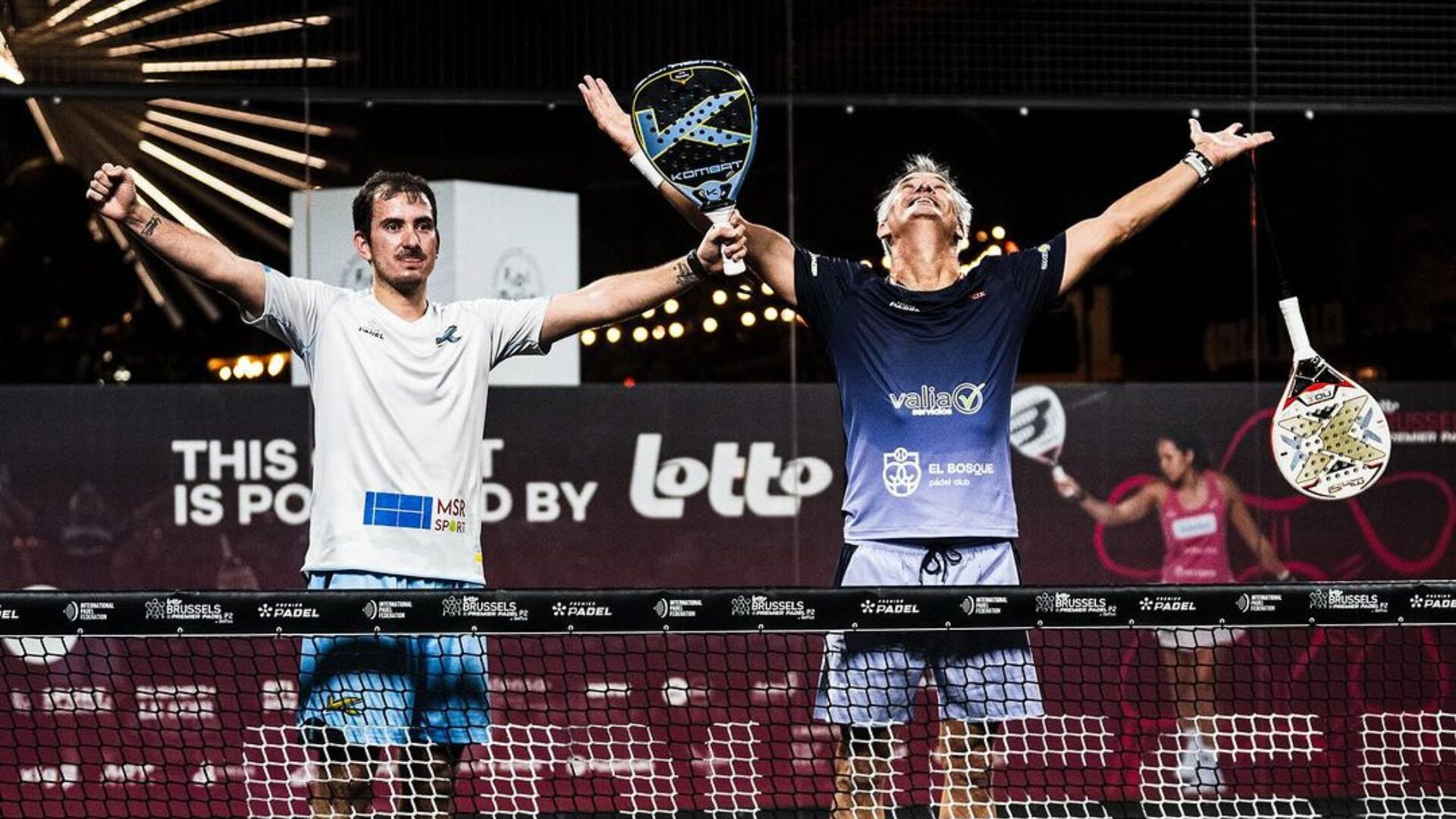 Miguel Lamperti: three tie-breaks and a return to the quarter-finals!
Miguel Lamperti: three tie-breaks and a return to the quarter-finals!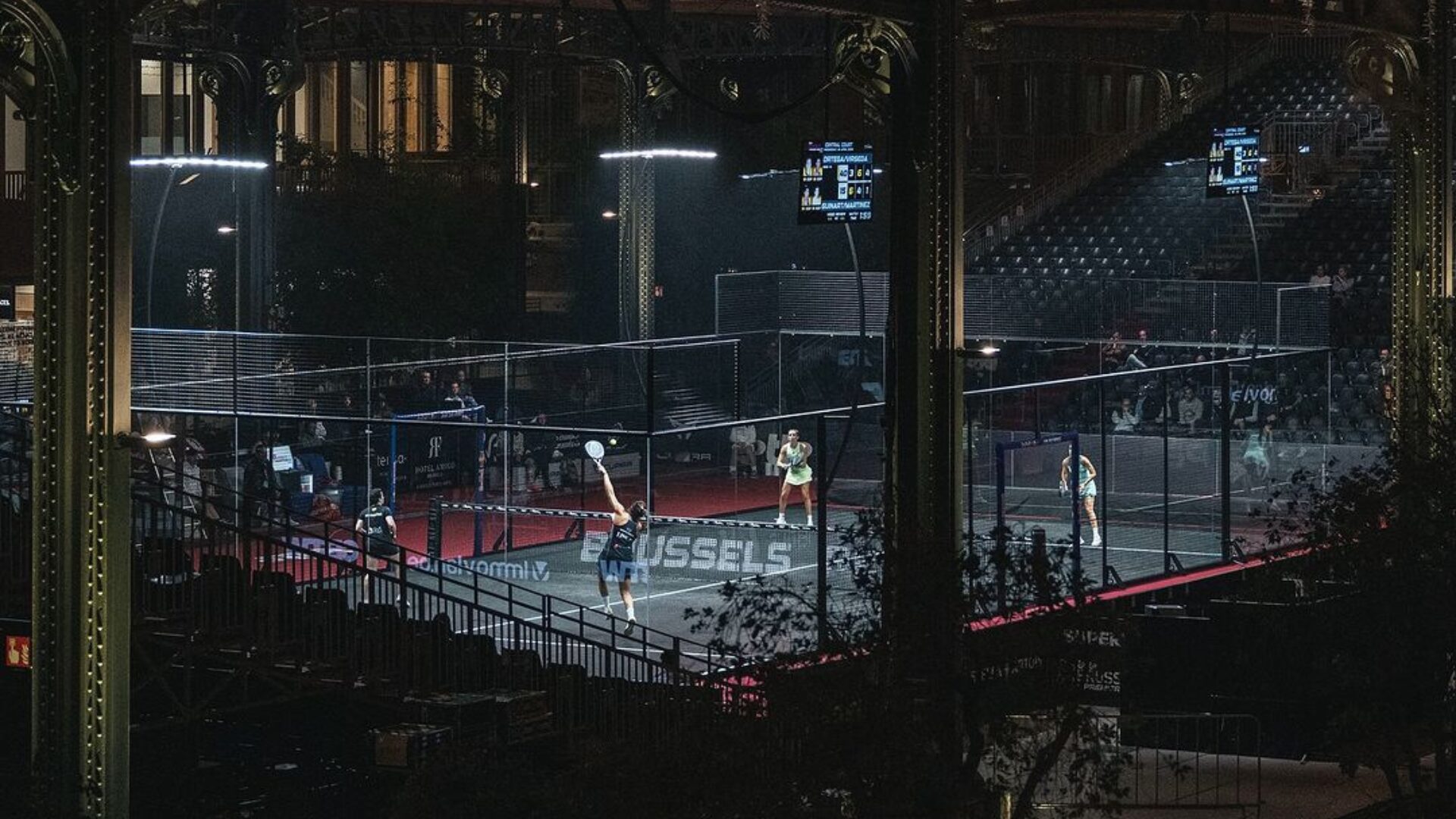 Premier Padel Brussels P2 – Place for the quarter-finals
Premier Padel Brussels P2 – Place for the quarter-finals Guillaume Codron de Sud Padel : “A family project”
Guillaume Codron de Sud Padel : “A family project” Nallé Grinda: “Democratize the padel in the USA with PadelX "
Nallé Grinda: “Democratize the padel in the USA with PadelX " Simon Boissé: “We know that there are two nations in front of us”
Simon Boissé: “We know that there are two nations in front of us” Marie Maligo: “This period of frequent changes of partners was beneficial for me”
Marie Maligo: “This period of frequent changes of partners was beneficial for me” Gilles Moretton: “We will be able to put the padel at the level of tennis”
Gilles Moretton: “We will be able to put the padel at the level of tennis” Two P1000 doubled prize money approaching!
Two P1000 doubled prize money approaching! José Manuel Escin at the inauguration of Casa Padel DOS: “Finally, and thank you!”
José Manuel Escin at the inauguration of Casa Padel DOS: “Finally, and thank you!”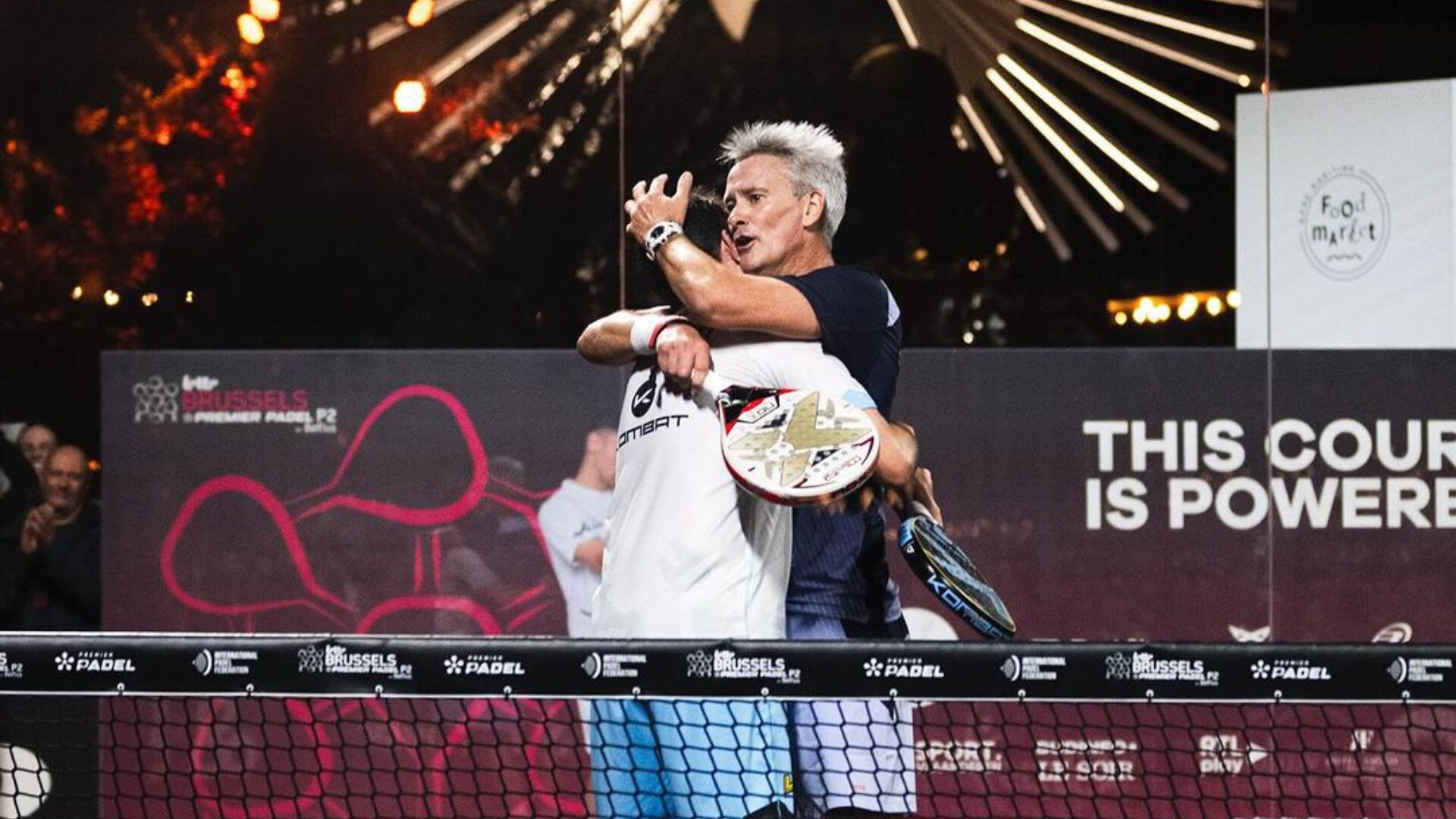 Big evening in Brussels with two seeded players on the mat, heckled number 1s…
Big evening in Brussels with two seeded players on the mat, heckled number 1s… A1 Padel – the French Open replaces the Mexican Open on the calendar
A1 Padel – the French Open replaces the Mexican Open on the calendar 4 Fiberglass Padel Courts for The Ville de Paris: a choice that looks to the future
4 Fiberglass Padel Courts for The Ville de Paris: a choice that looks to the future Brussels Premier Padel Brussels P2 – Collombon / Bidahorria falls against Brea / Gonzalez
Brussels Premier Padel Brussels P2 – Collombon / Bidahorria falls against Brea / Gonzalez Padel Score comes to Tahiti for American Express Padel Cup!
Padel Score comes to Tahiti for American Express Padel Cup! Do you know the Rafa Nadal Academy Tour?
Do you know the Rafa Nadal Academy Tour? Play at padel on his yacht? Possible for €233.000!
Play at padel on his yacht? Possible for €233.000! Our Top 10 training courses padel in France and Europe
Our Top 10 training courses padel in France and Europe At the heart of padel – Episode 25: Paul and Andoni answer your questions
At the heart of padel – Episode 25: Paul and Andoni answer your questions Tactical padel – What to do when faced with players who systematically stay at the bottom?
Tactical padel – What to do when faced with players who systematically stay at the bottom? The basic tactics of padel
The basic tactics of padel At the heart of padel – Episode 25: Paul and Andoni answer your questions
At the heart of padel – Episode 25: Paul and Andoni answer your questions At the heart of padel – Episode 23: defend the window well
At the heart of padel – Episode 23: defend the window well Prohibition on playing topless Padel : the reasons
Prohibition on playing topless Padel : the reasons FIP Tour – Going far from Europe, THE strategy to earn points!
FIP Tour – Going far from Europe, THE strategy to earn points! What is a good football player? padel ?
What is a good football player? padel ? “Lefties give me headaches when I play against them!”
“Lefties give me headaches when I play against them!” At the heart of padel – Episode 14: how to earn points in winter?
At the heart of padel – Episode 14: how to earn points in winter? A par 4 is always a winner...even if you manage to defend it!
A par 4 is always a winner...even if you manage to defend it! Carbon fiber VS fiberglass: what to choose?
Carbon fiber VS fiberglass: what to choose? How to effectively test a racket padel ?
How to effectively test a racket padel ? La padel to fight Parkinson's disease
La padel to fight Parkinson's disease Don't play with a cracked or broken racket, your body will thank you!
Don't play with a cracked or broken racket, your body will thank you! Michel Cymes: “The padel, physically, it’s serious!”
Michel Cymes: “The padel, physically, it’s serious!” Jeremy Gala: “Promote the padel among young people in Belgium remains a challenge”
Jeremy Gala: “Promote the padel among young people in Belgium remains a challenge” The French Touch Academy organizes its selection day Padel-Study
The French Touch Academy organizes its selection day Padel-Study Report on the detection and training of younger generations
Report on the detection and training of younger generations